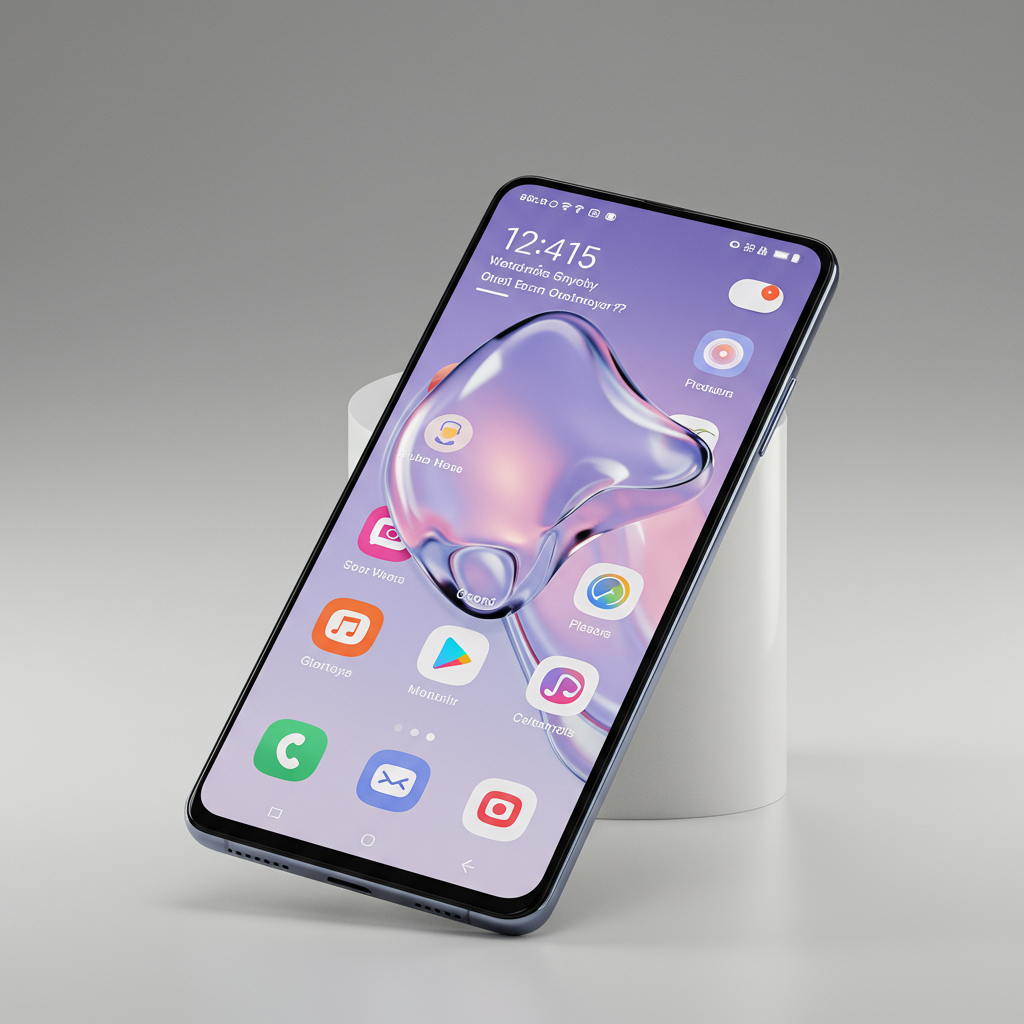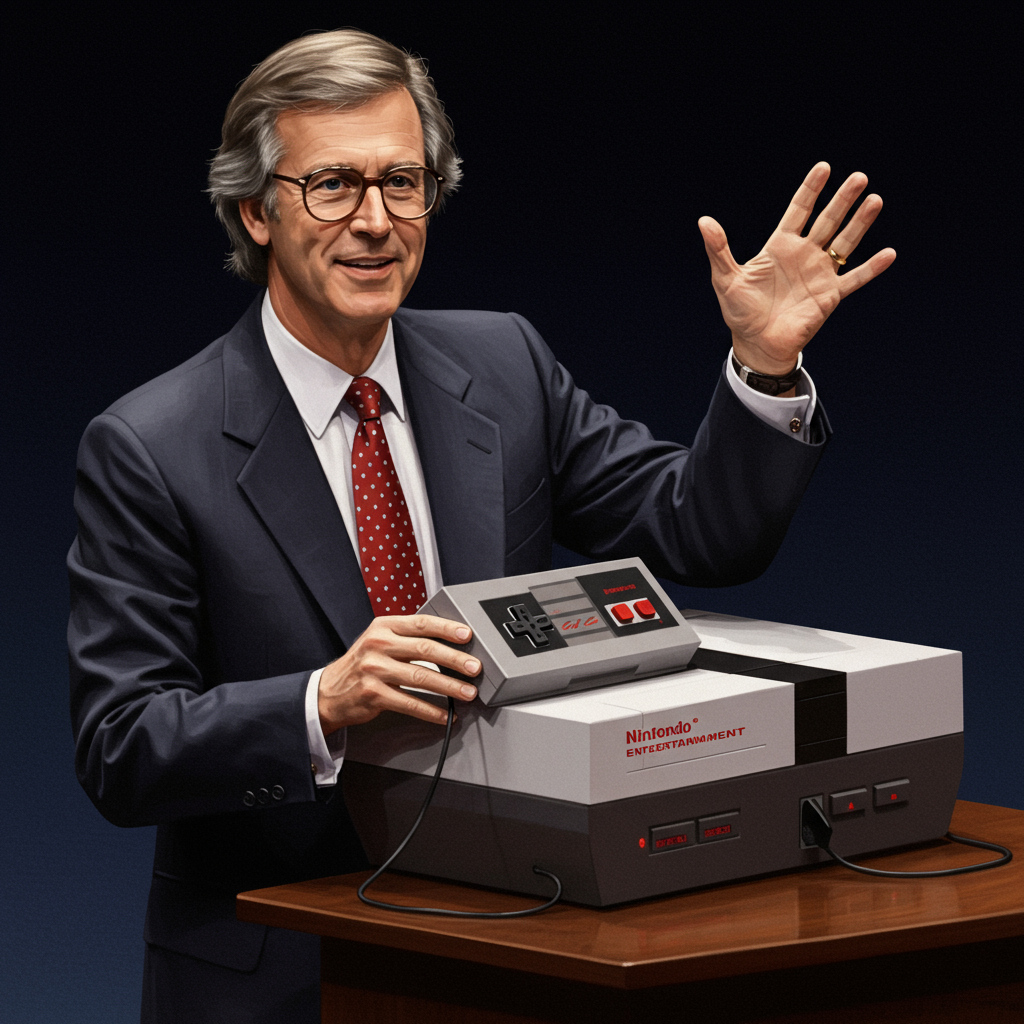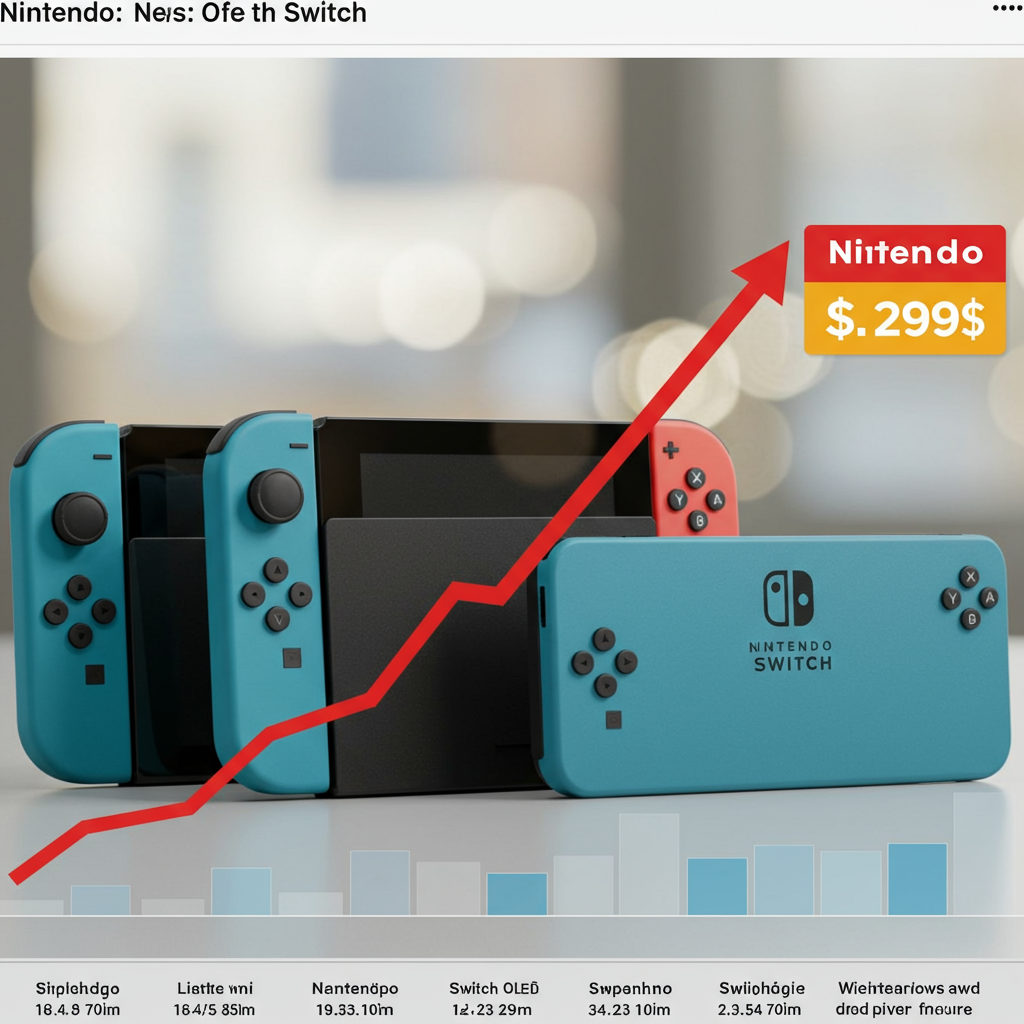Anticipation is building in the tech world as early glimpses of Samsung’s upcoming One UI 8.5 have begun to surface. This significant software update, expected to debut with the highly anticipated Galaxy S26 series next year, promises a fresh visual overhaul. However, initial leaks suggest Samsung might be taking considerable inspiration from Apple’s design playbook, particularly its “Liquid Glass” aesthetic. This deep dive explores the leaked features, their implications, and what this design direction could mean for the future of Samsung’s user interface.
Unveiling One UI 8.5: The First Internal Glimpse
The journey of One UI 8.5 began quietly earlier this week with Samsung commencing internal testing. This crucial phase allows developers to refine the software that will eventually power millions of Galaxy devices. A recent, compelling leak, initially reported by SammyGuru and verified by outlets like 9to5Google, offers the public its first sneak peek. A resourceful developer managed to port an internal One UI 8.5 build onto a Galaxy S21+, providing an early, albeit limited, preview of Samsung’s evolving design language.
While the leaked images predominantly showcase the settings menu, they provide valuable insights into Samsung’s potential direction. This marks Samsung’s second major iteration built upon Android 16, following the One UI 8 update earlier this year. Despite its early development stage, several distinct visual adjustments are evident, signaling a deliberate shift in the user experience. These early changes are drawing significant attention, especially given their striking resemblance to a prominent competitor’s design philosophy.
A Fresh Take on Navigation: Floating Elements and Refined Layout
The core of the leaked One UI 8.5 design centers around dynamic, floating elements that reshape how users interact with menus. Gone are some of the static, banner-like components of previous One UI versions. This new approach aims for a more modern and fluid feel.
Within the settings menu, the AI-powered search bar now appears as a distinct, floating module. This strategic placement hovers above the main menu system, making it instantly accessible without intruding on the content flow. Complementing this, a persistent search bar has also been introduced at the very bottom of the main screen. This dual search functionality ensures users can quickly find what they need, regardless of their current position within the interface.
A direct consequence of these additions is the reimagining of the screen’s upper section. The traditional top tab, which previously housed the search icon and the “Settings” label, has been completely removed. This opens up valuable screen real estate, allowing menu content to flow more freely. The visual effect sees content subtly overflowing and fading out along both the top and bottom edges of the page, creating an elegant, borderless aesthetic. Furthermore, the back button has been redesigned. Instead of being integrated directly into a static banner, it now floats independently in the top-left corner, offering a cleaner, more contemporary look. These changes, though seemingly minor, collectively signal a significant philosophical shift in Samsung’s UI design.
The Echo of iOS: Samsung’s Embrace of Liquid Glass Aesthetics
Perhaps the most striking aspect of the One UI 8.5 leak is the undeniable influence of Apple’s design language. The similarities are difficult to ignore, with many observers quickly drawing parallels to Apple’s “Liquid Glass” aesthetic, particularly as seen in iOS 26. This comparison extends beyond general vibes; specific design choices mirror those found on rival devices.
Twitter user DalgleishGX notably highlighted these connections, drawing specific attention to the floating search bar and back buttons. The implementation in One UI 8.5 shares a distinct resemblance to similar elements within iOS 26. While Samsung’s current leaked version might not feature the “reflective, watercolor-like effect” that characterizes Apple’s Liquid Glass, the fundamental layout and the concept of detached, floating interactive elements are strikingly similar. This move raises questions about Samsung’s design independence and its willingness to adopt successful elements from competitors.
Analyzing the Design Philosophy: A Strategic Move or Compromise?
Samsung’s decision to lean into iOS-inspired visuals for One UI 8.5 presents a complex dilemma. On one hand, adopting widely praised design elements could enhance usability and appeal to a broader audience, including those migrating from Apple’s ecosystem. The clean, minimalist approach often associated with floating UI components can contribute to a modern, uncluttered user experience. Such a move could be seen as Samsung prioritizing user familiarity and contemporary aesthetics.
On the other hand, some within the Android community express “frustration” at Samsung seemingly “giving into some of its worst impulses.” For years, Android devices, and specifically Samsung’s One UI, have forged distinct identities. Embracing design cues from iOS might dilute One UI’s unique character. This raises a crucial debate about the balance between innovation, brand identity, and responding to evolving user expectations. It also brings into focus the continuous interplay between major tech players, often resulting in cross-pollination of successful design principles.
The Future Landscape: Material 3 Expressive and Android’s Evolution
It is crucial to remember that One UI 8.5 is still in its nascent stages of development. The leaked visuals represent an early build, and considerable evolution is expected before its final release. This early status offers a glimmer of hope for those who desire a more distinct Samsung identity. The ultimate trajectory of these “Apple-esque elements” could shift as development progresses, potentially aligning more closely with Google’s overarching design philosophy for Android.
Google’s Material 3 Expressive, its finalized design language for Android, provides a robust framework for consistent and appealing user interfaces. Samsung, as a key Android partner, often integrates elements of Google’s design guidelines into One UI. There’s a strong possibility that as One UI 8.5 matures, these early iOS-inspired floating elements might morph or be refined to blend seamlessly with Material 3 Expressive. This could result in a harmonious blend that offers both familiarity and unique Samsung flair. The interplay between Samsung’s internal design team, Google’s Material Design principles, and external market influences will ultimately sculpt the final look and feel of One UI 8.5.
What This Means for Galaxy Users and the S26
For prospective Galaxy S26 owners, One UI 8.5 promises a refreshed and potentially more intuitive user experience from day one. These design changes, while visually impactful, are also likely to enhance usability through improved navigation and accessibility. The floating search bars, for instance, could significantly reduce the steps required to find specific settings or information.
Existing Samsung users, particularly those with recent flagship devices, can also look forward to these updates. While One UI 8.5 will first ship on the Galaxy S26 trio, it will eventually roll out to older, compatible smartphones. This means a significant portion of the Samsung ecosystem will experience this visual refresh. Understanding these early leaks allows users to anticipate the aesthetic and functional changes that will define their future interactions with their devices. The evolution of One UI remains a critical part of the Galaxy user experience, continuously adapting to both internal innovations and broader industry trends.
Frequently Asked Questions
What specific design changes are expected in One UI 8.5 based on leaks?
One UI 8.5 is expected to introduce several key visual changes, primarily seen in the settings menu. These include an AI-powered search bar that floats above the menu system, a persistent search bar located at the bottom of the main screen, and the removal of the traditional top tab. The menu content will now overflow and subtly fade out along the top and bottom edges. Additionally, the back button has been redesigned to float independently in the top-left corner, departing from its previous integrated banner design.
When can users expect to experience One UI 8.5?
One UI 8.5 is slated to first ship with Samsung’s upcoming Galaxy S26 trio, which is expected to launch next year. Following its debut on these flagship devices, the software update will subsequently expand to older, compatible Galaxy smartphones. The exact rollout schedule for older devices typically varies by region and device model, but users can generally anticipate it in the months following the S26’s release.
How might One UI 8.5’s iOS-inspired design impact user experience on Galaxy devices?
The iOS-inspired floating elements in One UI 8.5 could bring a sleeker, more modern aesthetic and potentially enhance usability through intuitive navigation. Users accustomed to either Android or iOS might find the floating search and back buttons familiar and easy to access. However, some long-time Android users or those who prefer a distinct Samsung identity might initially feel a sense of dilution in One UI’s unique character. The final impact will depend on how Samsung refines these elements and integrates them with Google’s Material 3 Expressive design language, balancing familiarity with originality.
Conclusion
The leaked insights into One UI 8.5 provide an exciting, albeit early, peek into Samsung’s design ambitions for its next major software update. With a clear visual departure from previous iterations, particularly its adoption of iOS-like floating elements, Samsung is signaling a readiness to evolve its user interface. While the initial “Apple-inspired” visuals have sparked debate, it’s crucial to remember that this software is still under active development. The final version that ships with the Galaxy S26 next year could see further refinements, potentially blending these new aesthetics with Google’s Material 3 Expressive guidelines. Only time will truly reveal the complete picture of One UI 8.5 and its impact on the Galaxy experience, but for now, the conversation around Samsung’s design direction is certainly buzzing.



